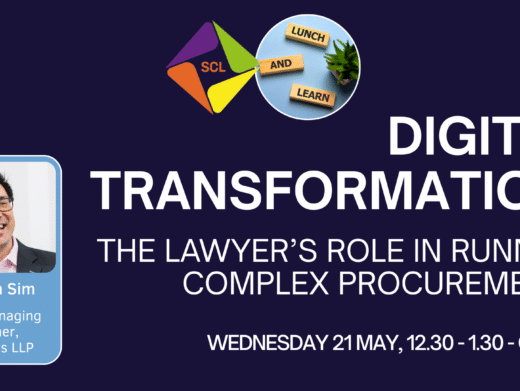John Tredennick began his career as a litigator and has had a serious interest in technology since the late 1980s. His firm, Holland and Hart, created one of the first legal firm data driven intranets and began developing client extranets soon after. In addition to his practical, hands-on expertise,John Tredennick has published four books on law and technology issues as well as numerous articles in legal publications. He is also the vice-chair of the American Bar Association’s Law Practice Management Section.
John began his talk by giving the audience his definition of an expert – somebody who is more than 40 miles from home! However, it was clear from his presentation that he is a well respected authority on the paperlessoffice.
He took the audience back to 1998 when ASPs had not yet been invented. John took a call from a client saying that 340 oil and gas clients were being sued in dozens of law suits and the client asked how much it would cost to have 340 copies of all of the documentation involved. The response was“What if we created a private Web site?” so the client sent in an RFP,Holland and Hart won it and created their first extranet. John then gave the audience an idea of the main requirements to make Internet use intuitive –buttons for back and forward, hyperlinks, text boxes and a drop down menu.
He then gave us information about his firm’s pleadings portal, CaseShare, which contains at least 50,000 pages of pleadings. The advantage of storing documents on an extranet is that it can be accessed from anywhere. It can also be searched electronically, rather than rifling by hand through stacks of papers. A further advantage is the ability simply to click and view insteadof having to remove papers from a file, have them copied, replace the original and then work from the copy.
He explained that his firm uses a different methodology from most others for its electronic document management. Most practices use TIF files for images, however, his firm chooses to use Adobe Acrobat for images as Acrobat can open documents much faster. TIF needs to load the whole file (which can often be very large indeed) whereas Adobe Acrobat has the ability to stream, meaning that the document can be displayed and read more quickly. Acrobat is also searchable which gives it another advantage over TIF format. Mention was also made of a search program called Verity which allows full-text searches.This is particularly important as speed and search ability are necessary components for the paperless office.
The audience was then fascinated to see John demonstrate the pleadings for a specific case. He demonstrated that it was possible to sort these in ascending or descending order and, having found the document he was looking for, he simply clicked on the Adobe document and we watched it open very quickly. Apparently this challenge was too small for the speaker and so he searched a database of more than 100,000 documents for the word‘scaffolding’. The search results identified that 2,041 documents included the word scaffolding. He was then able to access each of these documents, being taken to the relevant page where the word was highlighted and he could then move from hit to hit.
John explained to the audience that in order to put together this type of database, Holland and Hart had used SQL, with the documents being scanned using OCR. He recommended HP digital sender scanners for this task. John was at pains to explain how relatively simple it was for firms to provide extranet facilities as the basics involved having a browser, an Internet connection and a copy of Acrobat. However, he suggested that, from a security perspective, the model was not perfection, although his firm made use of firewalls, encryption and access rights. Having said that, a client of the firm had used ethical hackers to try to breach the security systems and Holland and Hart had passed the test!
Stressing that extranets were good for collaboration and connectivity, John Tredennick ended his presentation with the thought that, if you don’t do it, others will. The potential cost savings are phenomenal and the Web world makes life much easier.
Joanna Boag-Thomson ishead of IP and Technology in Shepherd & Wedderburn’s Glasgow Office.




